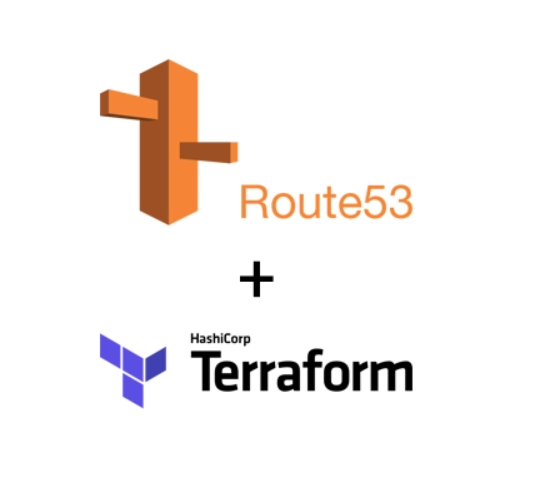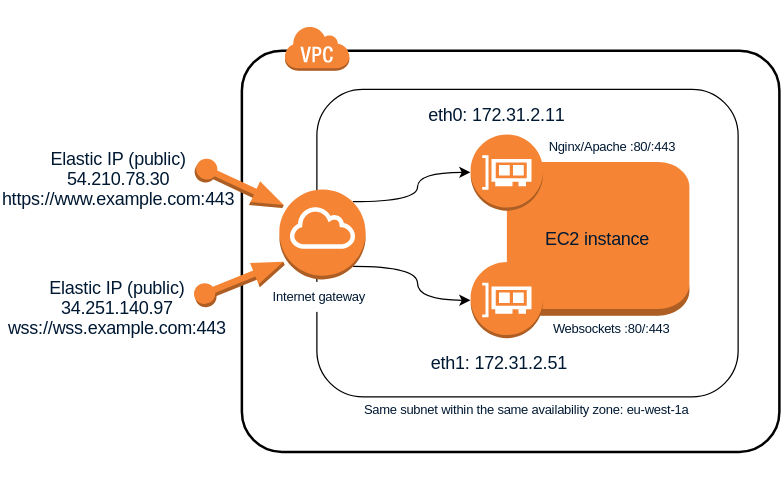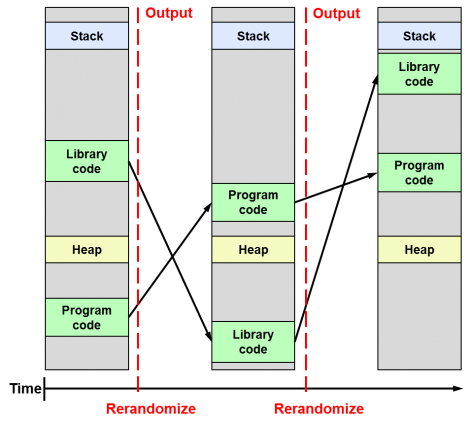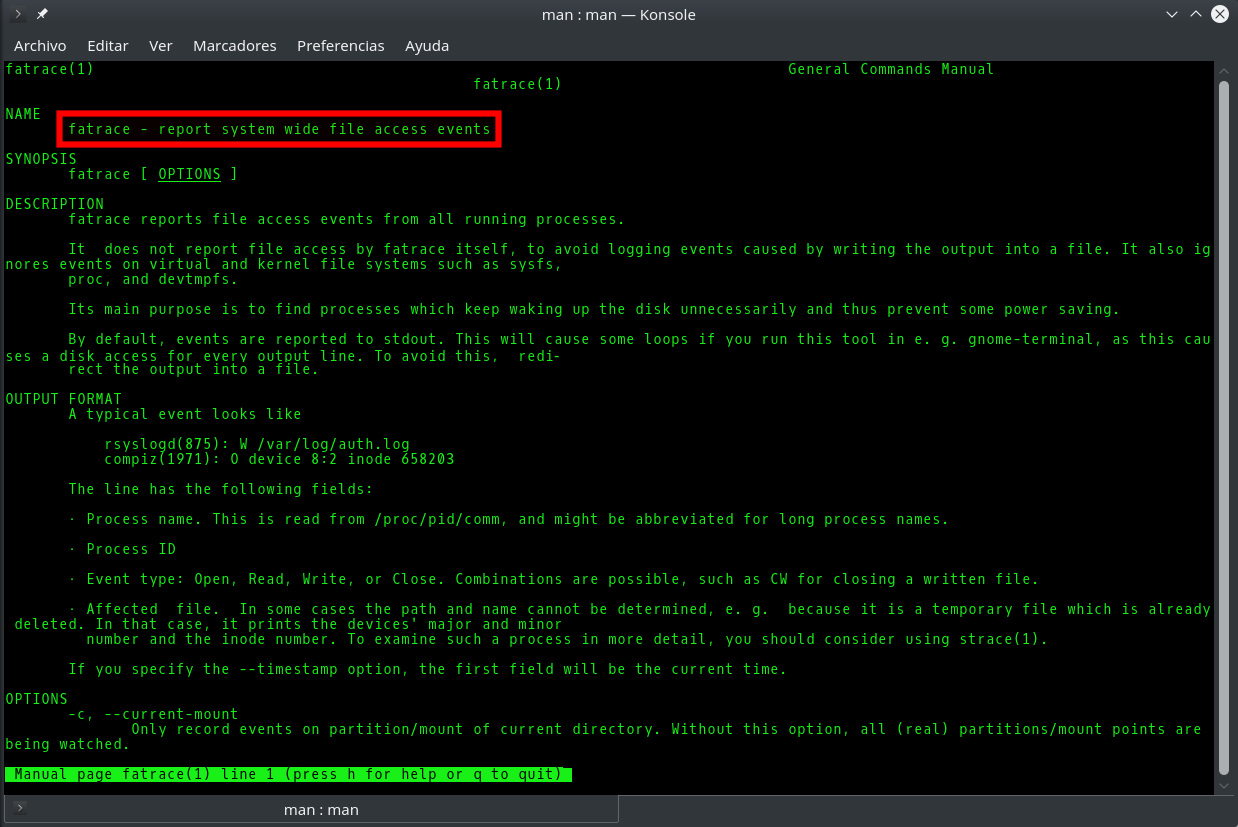The terraform import command allows you to import into HashiCorp Terraform resources that already existed previously in the provider we are working with, in this case AWS. However, it only allows you to import those records one by one, with one run of terraform import at a time. This, apart from being extremely tedious, in some situations becomes impractical. This is the case for the records of a Route53 DNS zone. The task can become unmanageable if we have multiple DNS zones, each one with tens or hundreds of records. In this article I offer you a bash script that will allow you to import in Terraform all the records of a Route53 DNS zone in a matter of seconds or a few minutes.
How to use 2 network interfaces on the same AWS subnet in Linux
The following Linux procedure describes how to use at the same time 2 network interfaces connected to the same AWS subnet and, which is more important, how to make both communication works well internally (between hosts on the same subnet) and also externally (both interfaces visible from the Internet). This can be useful for example when you want the same EC2 instance to host a web server serving http or https requests and at the same time have a websockets server ws:// or wss:// listening on the same port 80 or 443 respectively. Although there are other ways to achieve this such as configuring Nginx to be able to discriminate web traffic (http) from websockets traffic (ws) and act as a proxy to redirect the corresponding requests to the websockets server, this other solution I propose seems simpler and to some extent more efficient because it is not necessary to redirect traffic, which will always introduce a small latency, and allows to keep both servers completely independent within the same host. The only drawback is that you will need to assign 2 Elastic IP addresses to the same EC2 instance instead of only 1, but at the same time this will give you more flexibility when establishing rules in the security groups or in the subnet NAT rules.
Linux remote control from your smartphone via SSH button widgets
In this post I will tell you about an Android app that is extremely useful to run commands remotely on a Linux computer: Hot Button SSH Command Widget. This application allows you to launch conveniently any command you want on a remote computer through SSH only with the push of a button on the screen of your mobile phone or tablet. This not only will facilitate automation of repetitive tasks, but also is very interesting from the perspective of security for the same reasons I exposed in my Automatically lock/unlock your screen by Bluetooth device proximity post. It will allow you for example to lock and unlock the screen without having to type your password again and again in sight of other people.
Differences between ASLR, KASLR and KARL
Following the release of the Linux Kernel 4.12, which for the first time brings the KASLR feature enabled by default, and almost simultaneously the announcement of a feature called KARL in OpenBSD, I found it interesting to clarify the differences between these security techniques, since I think that the combination of both will be very important in the future of system security as they will prevent exploiting vulnerabilities related to memory corruption (buffer-overflow).
How to prevent the .xsession-errors file from growing to a huge size
The .xsession-errors file is where the X Window system logs all errors that occur within the Linux graphical environment. All desktop environments, whether Gnome, KDE, Cinnamon, XFCE, LXDE, etc., and all lighter window managers like FVWM, IceWM or Window Maker make use of the X Window system. Therefore any graphical application running on your computer can cause that error messages are written to the .xsession-errors file, reason why it can grow wildly until reaching very big sizes of tens of GB or even hundreds if your disk capacity allows it.
Fatrace command: how to know in real time which processes are writing to a file
It is usually easy to know which process or processes are writing to a given file in Linux, since we either know its origin and its nature beforehand (for example the Apache access_log), or we can easily find it out with the fuser or lsof commands. However, sometimes it will happen that although we know the role and purpose of a file, there are so many applications accesing it simultaneously that it is very difficult to know which of them is the one that reads/writes the most or does so in a precise moment. Knowing this would be very useful to learn for example why a log file is growing excessively or which application is making an abusive use of system resources, either by mistake or intentionally.
How to enlarge the size of an EBS volume in AWS and extend an ext4 partition

Unlock Linux command line after pressing Ctrl+s in Bash




